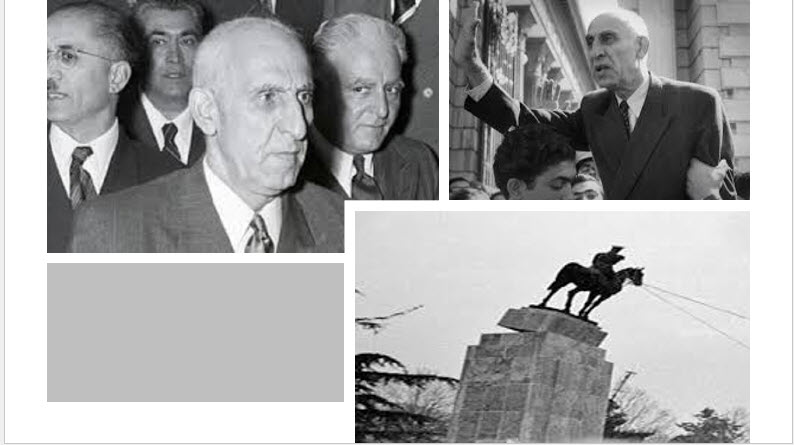
In 1953, Iran was witnessing a major shift in its political landscape as the absolute monarchy was losing its grip and the country was moving towards a democratic system. The transformation was largely guided by political leaders such as Dr. Mohammad Mosadeq, who was a prominent nationalist and an advocate of Iranian independence.
Dr. Mosadeq’s most significant achievement was the nationalization of the British oil holdings in Iran, which had been a source of contention for many years. He almost succeeded in toppling the Shah and establishing a democratic government in Iran. However, his efforts were thwarted by the 19 August 1953 Coup d’état, which brought an end to the democratic movement in Iran.
The coup marked the resurgence of Shah’s rule and the revival of the monarchy. The mullahs in Iran gained new life as well, enjoying the support of the Shah. This support was one of the factors that helped Ayatollah Khomeini become the real heir to Shah’s throne and a direct result of the Pahlavi dictatorship.
In the 1940s, the clergy was on the brink of decline, but the Pahlavi rule resuscitated it and suppressed students and intellectuals, who were seen as a threat to the mullahs’ outlook. The Shah’s regime also censored books and the media, making it a time of fear and repression in Iran.

The revolution of 1979 marked the end of Shah’s rule and the beginning of a new era in Iran. However, a return to the monarchy is now a historic impossibility. Nevertheless, it is crucial to remain vigilant against any groups that may sow discord or present unrealistic solutions to the current revolution in Iran. The rejection of both the Shah and the Mullahs will pave the way for lasting freedom in Iran.
The events of 1953 and the rise of Shah’s rule marked a significant turning point in Iran’s political history and had far-reaching consequences for the country. The coup d’état against Dr. Mosadeq’s democratic government and the resurgence of the monarchy marked the end of the democratic movement in Iran and the beginning of a new era of repression and fear.

Despite the claims of a thriving economy in Iran at the time of the Shah, the reality was far from it. The images of wealthy areas of Tehran did not reflect the true state of the country, which was marked by poverty, unemployment, and shantytowns in many parts of Iran. The Shah’s regime was known for its lavish expenses and corruption, and the US Ambassador expressed disbelief at the costs incurred by Shah’s office.
MEK Iran (follow us on Twitter and Facebook), Maryam Rajavi’s on her site, Twitter & Facebook, NCRI (Twitter & Facebook), and People’s Mojahedin Organization of Iran – MEK IRAN – YouTub

